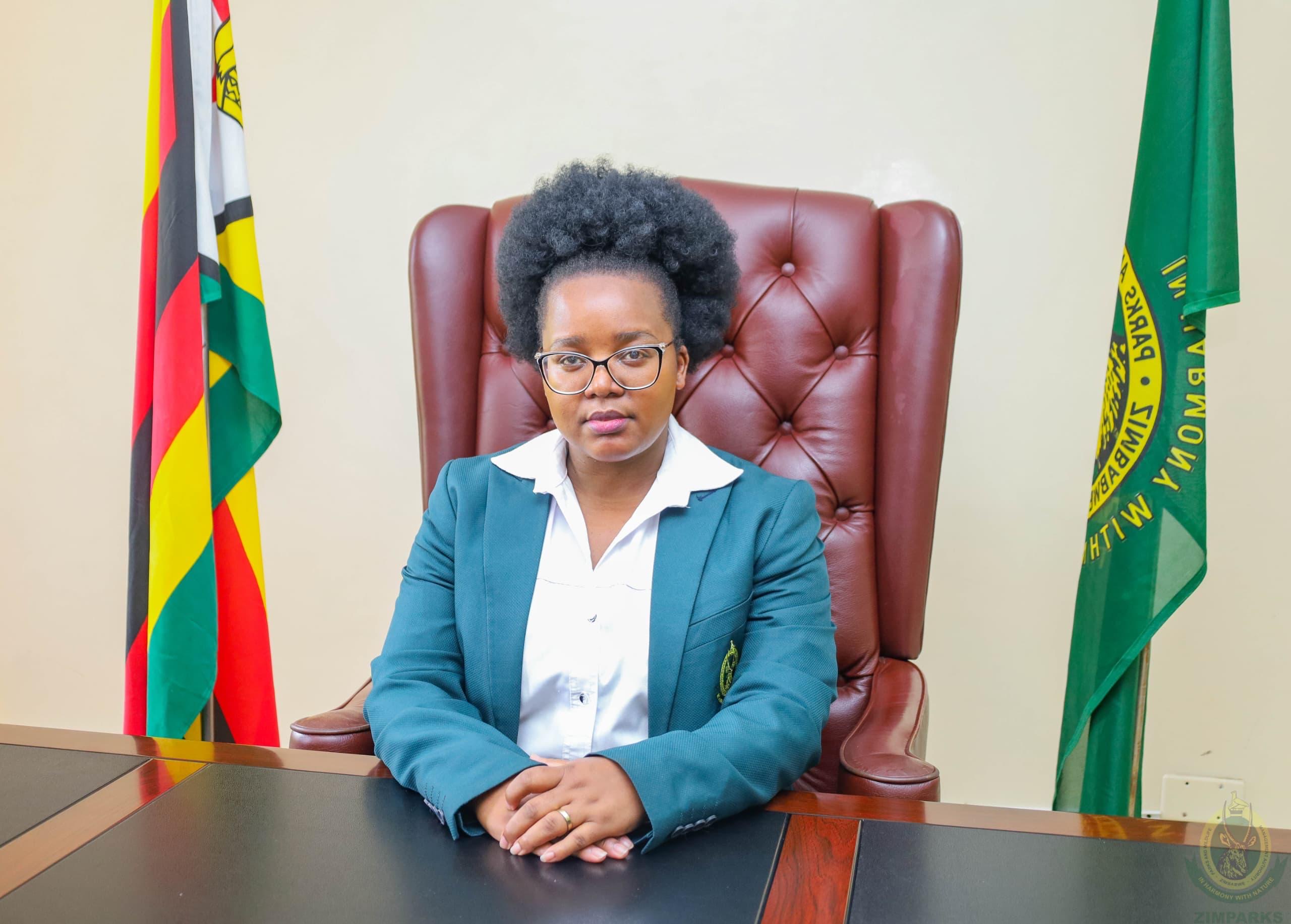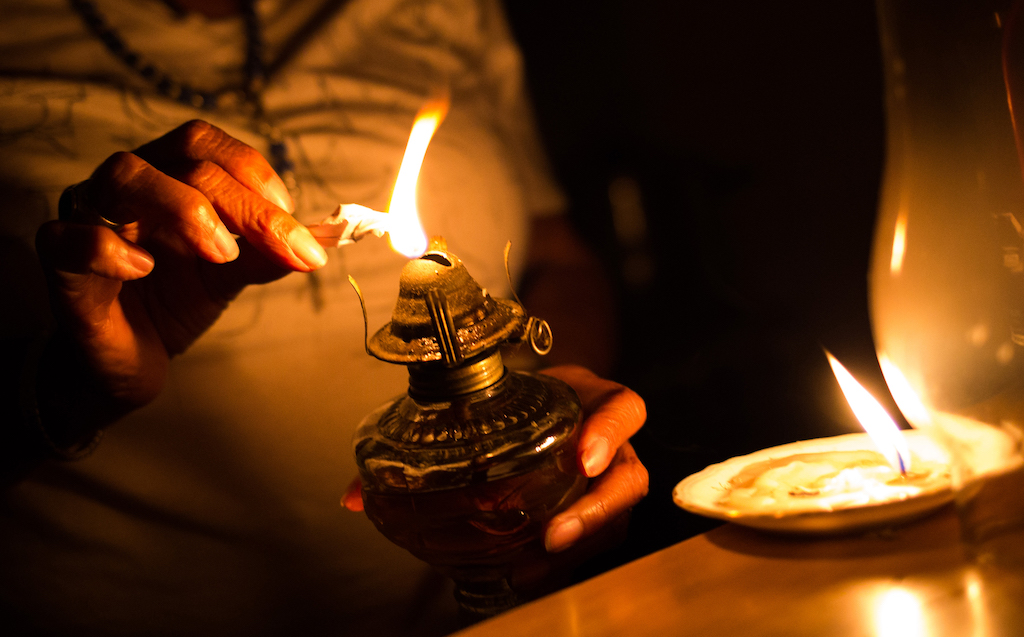BY NOKUTHABA DLAMINI
Professor Patience Gandiwa, the newly appointed chairperson of the African Group of Negotiators (AGN) on Wildlife, has emphasized the urgent need for African countries to rethink their ideas and potential solutions around the contentious ivory trade ban.
“Africa needs to reflect deeply on the implications of this ban and work collaboratively to find acceptable (and sustainable) solutions that take into account the diverse perspectives within our African communities,” she asserted.
In a compelling dialogue with VicFallsLive, Gandiwa addressed the pressing issues posed by the ivory trade ban, which has, for a long time now, become a significant point of contention in African nations.
To give a brief background on the subject matter.
Convention on International Trade in Endangered Species (CITES) banned the international commercial ivory trade in 1989. In 1997, at the 10th Conference of Parties (COP) hosted by Zimbabwe in Harare, a decision was adopted to allow for once-off trade in ivory, recognizing that Botswana, Namibia and Zimbabwe had healthy populations of elephants, and gave permission for a once-offsale of ivory to Japan in 1999 and financial resources for elephant conservation were raised from legal sales of ivory derived from existing stocks gathered from elephants that died as a result of natural causes or from problem-animal control.
The elephant populations of Botswana, South Africa, Namibia and Zimbabwe are listed in Appendix II of the Convention (which allows for regulated commercial trade), while all other African elephant populations are listed in Appendix I (which prohibits all commercial trade).
Following the once-off sale, a ban of ivory trade was put under CITES in 2008, for 9 consecutive years/3 CoPs (as per annotation) technically lapsed, but still in force as there is no mechanism for such trade under CITES.
This has, over the years, sparked ongoing devisive debates amongst African nations, as they grapple with the implications on ‘both-side-of the-coin’.
Whilst CITES CoP10 (Resolution.10.10) marked a significant step in addressing the complexities of the ivory trade, particularly in the context of the historic establishment of Elephant Trade Information System (ETIS) to monitor and analyze illegal ivory trade trends and the emphasis on better stock management and international cooperation, crucial in the ongoing efforts to combat illegal ivory trade and protect elephant populations, some challenges have persisted.
“The issue of ivory trade has long been a contentious topic,” Gandiwa remarked.
“Currently, there seems to be no one-size-fits-all solution on how we can approach this matter and I believe, through constructive dialogue, we should find practical and sustainable options to explore
“The bottom-line though, we all know that unregulated international trade can push threatened and endangered species to extinction, especially when combined with factors such as habitat loss, human-wildlife conflicts and climate change. We also know that banning trade is also not a panacea as such bans have been enforced for several species and did not necessarily yield desired outcomes.
At the same time there are case studies demonstrating that putting economic value on species can cancreate significant incentives for its conservation and recovery (the Zimbabwean nile crocodile is a good example), and yet still that approach may not work for other species. Therefore, what can we do about the current ivory dilemma under CITES?”
Zimbabwe for example, with its second-largest population of elephants globally, has felt the economic and ecological weight of this restriction acutely.
“As elephants die naturally or are culled due to human-animal conflict, the ivory collected is stored securely,” she explains, emphasizing the implications of the accumulated stockpile.
“The country is sitting on over 130 tones of ivory, a figure that has grown since the last sale in 2008. This situation raises urgent questions about how we can address the stockpiling and the challenges that arise from it.”

Advert
Botswana, Namibia and South Africa are facing similar challenges. On the other hand, the status of several African elephant populations remains endangered and critically endangered (as per classification of IUCN for both species of Loxodonta) and still in dire need of concerted efforts and measures to improve the situation. There are seemingly no obvious solutions, and we need to wear our ‘thinking caps’ and confront this matter starting with dialogue.
Gandiwa’s perspective highlighted the necessity for African nations to engage in constructive and collaborative dialogue.
“If Africa agrees to disagree on this contentious issue of ivory stockpiles, we must ask: What alternatives can we explore to create a win-win situation?” she proposes, advocating for a united approach to address conservation challenges while acknowledging the realities of countries across the heterogenous landscape of Africa.
Furthermore, Gandiwa highlighted the recent global shifts in international development assistance, urging African nations to innovate and identify new financing mechanisms beyond trade.
“We can no longer depend solely on traditional funding sources,”.
“We need to explore proposals such as biodiversity credits, recognition of the role of wildlife in climate action and provide the necessary funding to protect Africa’s charismatic wildlife without relying on the traditional sources of financing conservation in light of growing shifts of priorities in the global finance landscapes. Some donor countries are becoming more inward-looking prioritising addressing conflicts and strenghtening securing over environment or wildlife matters.If we can draw inspiration from how carbon credit market and even financial engineering innovations developed over the years, Africa has the capacity to generate the much-needed revenue to finance species conservation. Most of the options however, still rely on functional multilaralism.
Exploring Viable Alternatives
As the discussions deepened, Gandiwa emphasized that multiple alternatives are available even if trade does not emerge as a viable option (at this stage) for all countries ND stakeholdersconcerned. “We have seen a range of proposed solutions in previous negotiations, such as Mobilizing Sustainable Finance For African Elephant Conservation and other endangered species,” she recalls. “Now it is time to take those proposals further— to operationalize them, secure initial capital, and implement innovative strategies that align with our unique challenges.”
She further elaborated on the need for understanding and cooperation within the African Group of Negotiators on Wildlife.
“A debate over whether to allow the ivory trade shouldn’t lead to fragmentation among us. If one party opposes the trade for their own reasons while another seeks to justify it, it doesn’t mean either is wrong. Both perspectives are valid,” she suggested. “What we need to do is recognize these differing views and find workable for solutions that bridge our differences rather than push us further apart.”
Navigating the Path Ahead
As Gandiwa reflected on the future, she asserted the importance of unity among African governments.
“This fight isn’t just about ivory; it’s about our heritage, our economies, our environment and the Africa we want, Africa’s Agenda 2063. We must present a coherent voice to the global community, showcasing that we seek dialogue over discord,” she stated firmly.
The call for Africa to present itself as a rational and united front on wildlife conservation is urgent, especially in a world that increasingly values partnerships and mutual understanding.
Concluding her reflections, Professor Gandiwa expresses profound optimism about the innovative solutions African nations can create together.
“The conversation surrounding the ivory trade ban is one that needs to evolve,” she declares.
“We must focus on sustainability and coexistence rather than perpetuating cycles of exclusion/ isolation. The implications of these negotiations extend far beyond wildlife; they underscore our commitment to the economic well-being and our communities,”
“Together, we can solve this ivory dilemma under CITES and the current ‘stale mate’ can be resolved effectivelythrough deliberate efforts of the African Group of Negotiators on Wildlife and the CITES institutional infrastructure & robust decision making machinery.”

 Slider3 years ago
Slider3 years ago
 National4 years ago
National4 years ago
 Tourism and Environment4 years ago
Tourism and Environment4 years ago
 Opinion4 years ago
Opinion4 years ago
 Special reports4 years ago
Special reports4 years ago
 National4 years ago
National4 years ago
 National3 years ago
National3 years ago
 National3 years ago
National3 years ago





